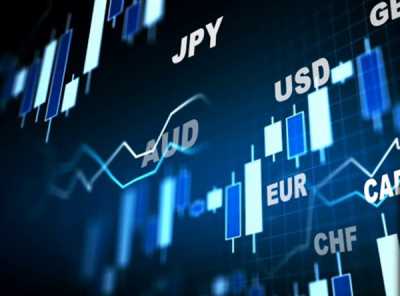What is Leverage in Forex? Forex Leverage Explained

Using leverage is a popular way to trade the Forex market. It allows you to trade bigger and faster, and can also earn you more profits. However, it can also cause you to lose more money than you could have otherwise. Before you use leverage, you should consider your level of experience, timeframe, and appetite for risk.
Forex leverage is the ability to enter a trade that is more valuable than the money you have in your brokerage account. For example, if you have $100 in your account, you can open a trade that is worth up to $10,000. The leverage ratio will vary based on your broker. If you are an experienced trader, you can leverage up to a thousand:1 or more. You can also use leverage to diversify your risks. For example, you can buy a position in a currency pair that is a cross rate. This means that the price of the two currencies will fluctuate, but not by much.
Leverage is usually measured in percentages, and it’s usually calculated based on your account balance. For example, a broker might provide you with a 50:1 leverage ratio, which means you can enter 50 trades using just one thousand dollars of your money. This is a lower risk level, and it’s easier to absorb losses. However, the leverage ratio can also be higher, such as a 1:10 ratio.
Forex leverage can be calculated using different formulas. The most common is the ratio or multiple. If you open a trade with a 100:1 leverage ratio, you will need to put up a fraction of your money as a deposit. The rest of the trade value is lent by your broker. If you lose your trade, your broker will repay you, minus the margin percentage.
Another example is the trade with a ten to one leverage ratio. If you open a position with a ten to one ratio, you will need to put up ten units of your basic currency to make the trade. The other thing to consider is the margin percentage. The margin percentage can be measured by dividing the ratio by the required equity.
Forex leverage can be dangerous, especially for new traders. You need to consider your risk tolerance, your timeframe, and your forex experience level. This is important because you can make a lot of money using leverage, but it can also wipe out your initial investment. Also, you need to consider how much money you want to invest. If you are looking to trade the Forex market for a living, you might consider using leverage to minimize your risk. The leverage ratio of 1:10 might sound like a lot of money, but it’s a lot less than the $113,000 you would need to buy one lot of the GBP/CAD currency pair.
Leverage is a good way to increase your exposure to the Forex market, but it can also increase your risk. Leverage ratios can vary from 10:1 to a thousand:1, and you should use risk management techniques to avoid overextending yourself. You should also remember that there are no guarantees in the Forex market, so you should also take into account your level of appetite for risk